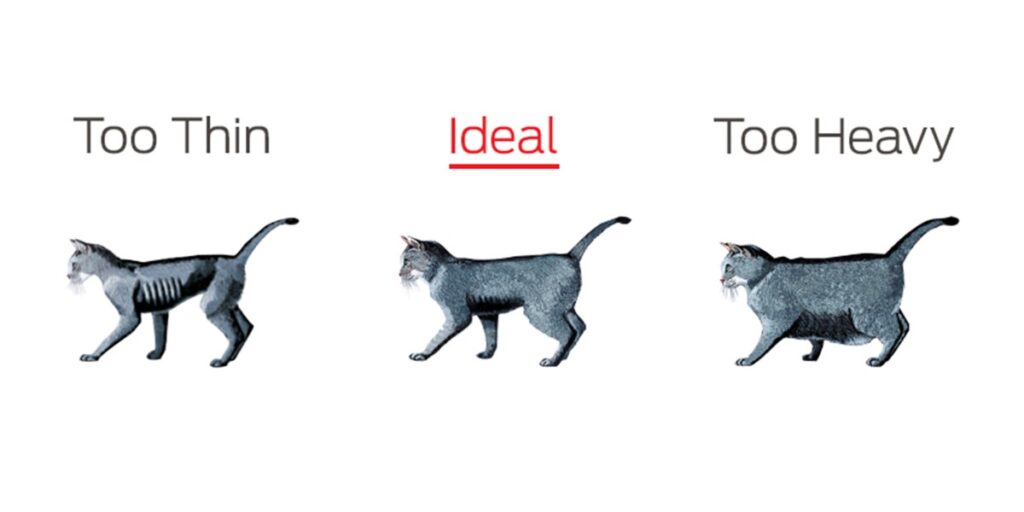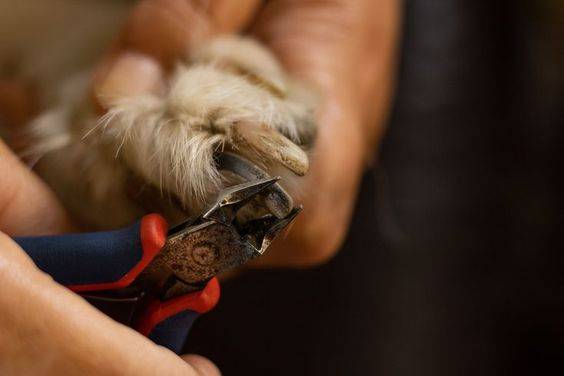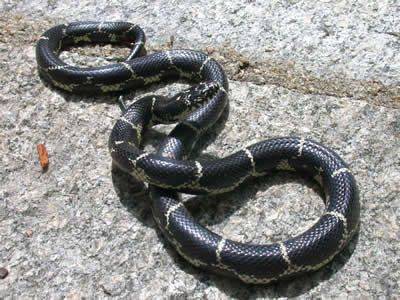Welcoming a cat into your home comes with a host of responsibilities, one of the most crucial being their diet. In recent years, raw diet cat food feeding has gained popularity among pet owners seeking to provide their furry companions with a diet that closely mimics what they would eat in the wild. In this beginner’s guide, we’ll explore everything you need to know about transitioning your cat to a raw diet, ensuring their health and happiness.
Understanding the Basics of a Raw Cat Diet Food
Before diving into the specifics of raw feeding, it’s essential to understand what constitutes a raw cat diet. At its core, a raw diet cat food for cats consists of uncooked meat, organs, and bones, mirroring the natural diet of wild felines. This approach aims to provide cats with the nutrients they need to thrive while minimizing the consumption of processed ingredients often found in commercial pet foods.
Benefits of a Raw Diet Cat Food
The switch to a raw diet cat food offers numerous potential benefits for your feline friend. These include:
- Improved Digestive Health: Raw diets are rich in enzymes and natural probiotics, which can promote healthy digestion and reduce the risk of gastrointestinal issues.
- Healthy Skin and Coat: The high-quality proteins and essential fatty acids found in raw meat can contribute to a glossy coat and healthy skin for your cat.
- Dental Health: Chewing on raw meat and bones can help keep your cat’s teeth clean and reduce the risk of dental problems.
- Weight Management: Raw diets are often lower in carbohydrates and fillers than commercial pet foods, making them ideal for cats needing to maintain a healthy weight.
- Increased Energy and Vitality: Many cat owners report that their pets have more energy and vitality after transitioning to a raw diet, leading to a happier, more active lifestyle.
Transitioning Your Cat to a Raw Diet Cat Food
Transitioning your cat to a raw diet requires careful planning and patience.
- Consult with Your Veterinarian: Before making any dietary changes, consult with your veterinarian to ensure that a raw diet is suitable for your cat’s age, health status, and nutritional needs.
- Start Slowly: Begin by introducing small amounts of raw food alongside your cat’s current diet. Gradually increase the proportion of raw food while decreasing the amount of commercial food over several weeks.
- Offer Variety: Aim to provide a variety of protein sources, including poultry, beef, lamb, and fish, to ensure that your cat receives a balanced diet.
- Monitor Your Cat’s Response: Keep an eye on your cat’s health and behavior during the transition period. Look for signs of digestive upset or food aversion, and adjust the diet accordingly.
- Be Patient: Every cat is unique, and some may take longer to adjust to a raw diet than others. Be patient and persistent, and don’t be discouraged if it takes time for your cat to fully embrace their new food.
Creating a Balanced Raw Diet Cat Food for Your Cat
A balanced raw diet for cats should consist of the following components:
- Muscle Meat: This should make up the majority of your cat’s diet and can include lean cuts of beef, poultry, and other meats.
- Organ Meats: Liver, kidney, and other organ meats are rich in essential nutrients such as vitamins A and B12, and should make up a small portion of your cat’s diet.
- Bones: Raw bones are an important source of calcium and other minerals for cats. Offer raw meaty bones such as chicken necks, wings, and backs to provide dental benefits and essential nutrients.
- Supplements: While a well-balanced raw diet cat food can provide most of the nutrients your cat needs, some owners choose to supplement with additional vitamins and minerals to ensure complete nutrition.
Safety Considerations
When feeding your cat a raw diet cat food, it’s essential to prioritize safety to minimize the risk of foodborne illness.
- Handle Raw Meat Safely: Practice good hygiene when handling raw meat, washing your hands and surfaces thoroughly after preparing your cat’s food.
- Source High-Quality Ingredients: Choose fresh, high-quality meats from reputable suppliers to minimize the risk of contamination.
- Thaw Properly: Thaw frozen raw meat in the refrigerator or using safe thawing methods to prevent the growth of harmful bacteria.
- Store Safely: Store raw meat and prepared raw meals in the refrigerator or freezer to prevent spoilage.
- Monitor for Illness: Keep an eye on your cat for signs of illness, including vomiting, diarrhea, or lethargy, and contact your veterinarian if you have any concerns.
Inference
Feeding your cat a raw diet cat food can be a rewarding experience that offers numerous benefits for their health and well-being. By understanding the basics of raw feeding, carefully transitioning your cat to a raw diet cat food, and prioritizing safety, you can provide your feline companion with a nutritious and satisfying diet that supports their natural instincts and promotes long, healthy life.







